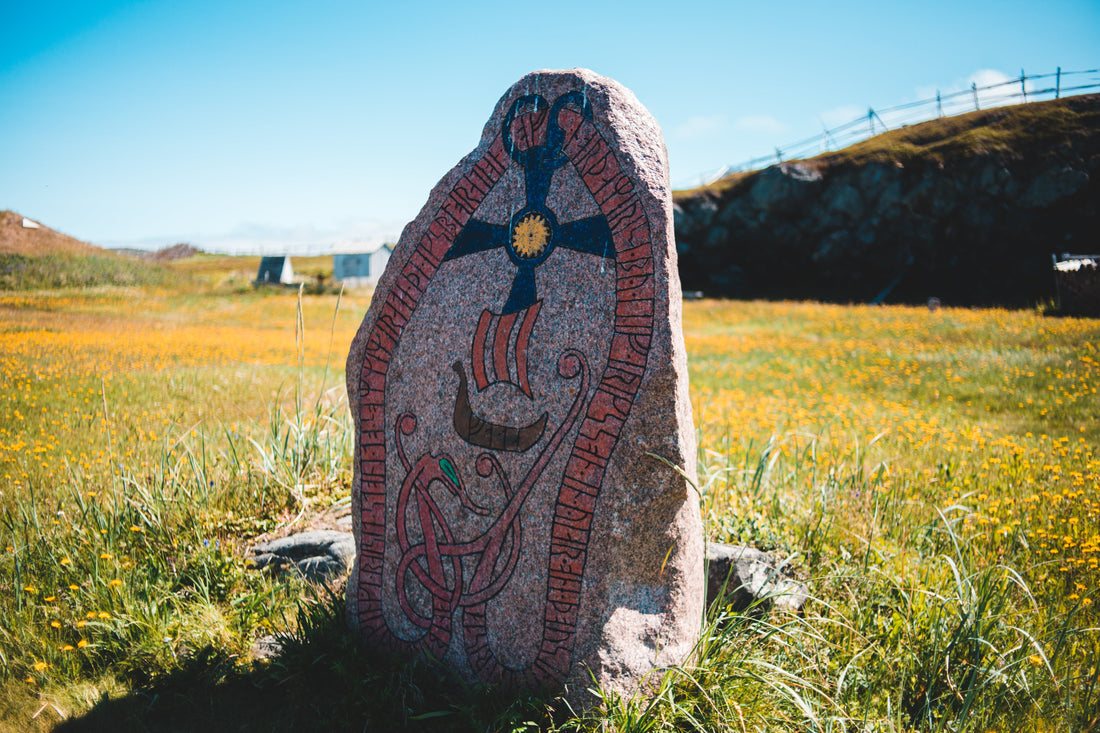
DNA Evidence Confirms Female Viking Warrior
In the 1880s, a remarkable grave was unearthed in the Swedish town of Birka. It contained a wealth of weaponry, gaming equipment, and two horses, leading archaeologists of the time to assume it was the burial of a formidable male Viking warrior from the 10th century AD. However, certain characteristics in the skeleton hinted at a female identity. A recent study, conducted through DNA analysis, has now confirmed that this powerful warrior was, indeed, a Viking woman.
The concept of female Viking warriors is not entirely novel. Historical records from the early Middle Ages mention women fighting alongside men, and artistic depictions support this notion. Nevertheless, these ideas have often been dismissed as more mythical than factual. With thousands of known Viking warrior graves scattered across Europe, though, it has become possible to examine this concept through the study of skeletal remains.
Birka, located in east-central Sweden, boasts over 3,000 Viking graves, with about one-third of them excavated by archaeologists. The population of Birka appeared to include warriors, craftsmen, and traders, and the various burial styles suggest a culture open to external influences.
One specific grave in Birka, excavated in the late 19th century, has become the focus of a recent article published in the American Journal of Physical Anthropology. A team of researchers from Uppsala University and Stockholm University, led by Charlotte Hedenstierna-Jonson, undertook this investigation. The burial was of exceptional interest because "the grave goods included a sword, an axe, a spear, armor-piercing arrows, a battle knife, two shields, and two horses (one mare and one stallion), making it the complete equipment of a professional warrior." Additionally, the grave contained gaming pieces, implying a knowledge of tactics and strategy and emphasizing the individual's role as a high-ranking officer.
For centuries, this individual was assumed to be male, primarily based on the weaponry present. However, in 2016, one of the researchers, Anna Kjellström, reevaluated the skeleton from this burial and determined that it was most likely a female. The researchers explained, "Though some Viking women buried with weapons are known, a female warrior of this importance has never been determined, and Viking scholars have been reluctant to acknowledge the agency of women with weapons." To validate this hypothesis, Kjellström, Hedenstierna-Jonson, and their research team decided to analyze the nuclear DNA of the individual.
The researchers examined both a tooth root and the upper arm bone from the burial. Both samples clearly indicated a female biological sex, with two X chromosomes and no Y chromosomes. The mtDNA haplogroup was identified as T2b, a common lineage in England, Iceland, and Scandinavia. However, strontium isotope values suggested early mobility. Between the formation of her first molar around the age of 4 and her second molar around the age of 9, the female warrior had moved from an unknown homeland to Birka. Hedenstierna-Jonson and her colleagues concluded that "the individual in grave BJ581 is the first confirmed female high-ranking Viking warrior."
This discovery challenges the assumptions made by archaeologists regarding the gender of Viking warriors. Historically, various preconceptions have hindered the comprehensive study of potential female warriors. The researchers noted that "similar associations of women buried with weapons have been dismissed, arguing that the armaments could have been heirlooms, carriers of symbolic meaning, or grave goods reflecting the status and role of the family rather than the individual. Male individuals in burials with a similar material record are not subjected to the same scrutiny." Some argued that this particular grave may have once contained a second individual, and all the weapons might have belonged to that person. Lastly, some have contended that weapons buried with a female do not necessarily make her a warrior, while not questioning the assumption that weapons buried with a male signify his warrior status.
Hedenstierna-Jonson and her colleagues' discovery opens the door to a deeper understanding of the Viking culture. While their research does not specifically address how this biological female might have presented herself within the community or how the community may have perceived her, they conclude that "questions regarding biological sex, gender, and social roles are intricate—just as they were in the Viking Age."
